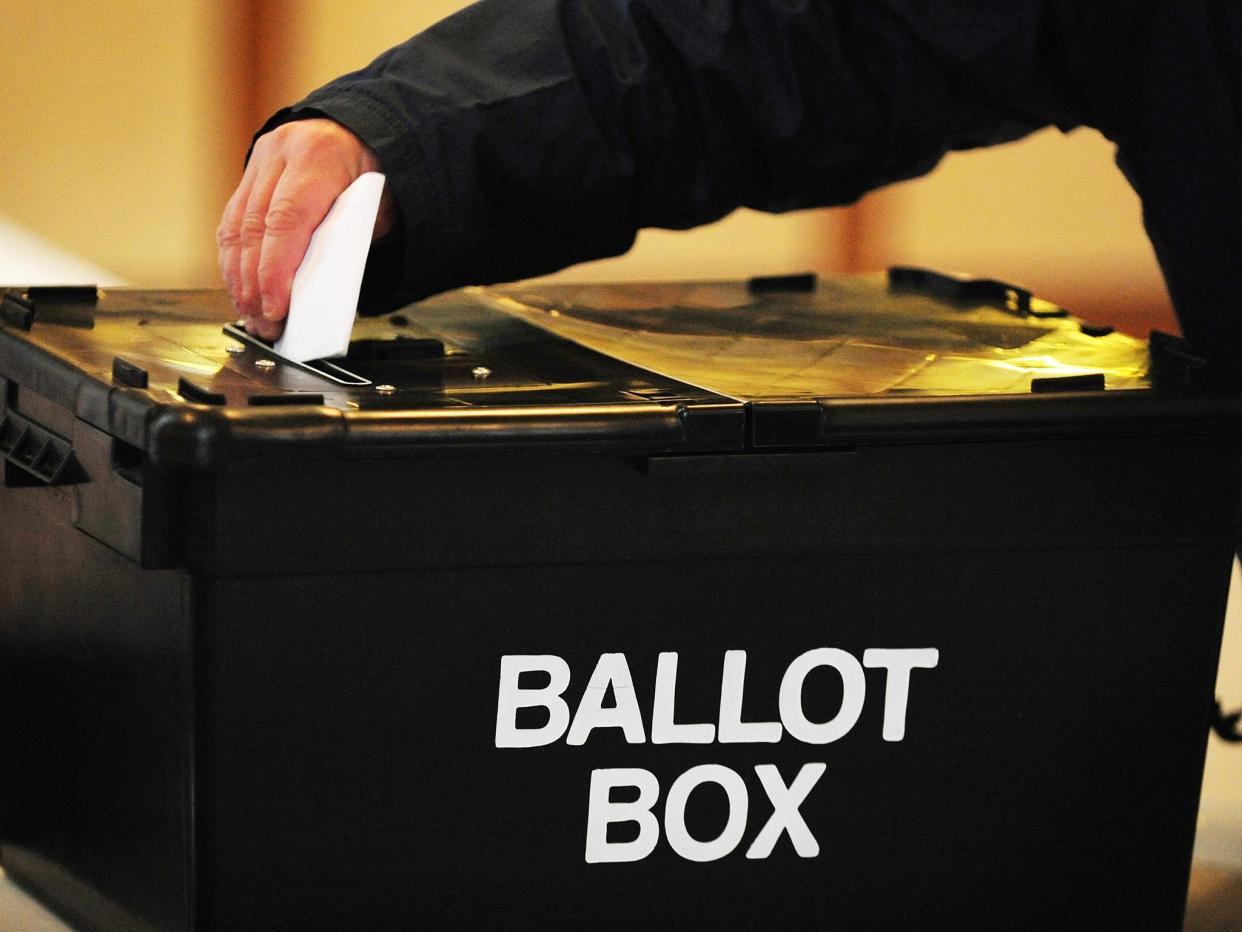First past the post: What is the UK’s voting system and how does it work?

Most elections in the UK are decided using a system called first past the post (FPTP)
Electoral reform campaigners have been calling for an overhaul of voting rules for some time, as they argue it fails to take into account the wishes of swathes of voters.
What is first past the post?
It is an electoral system used to elect MPs to parliament as well as to decide the results of local government elections in England and Wales.
Voters opt for one of the candidates listed on the ballot paper and the person with the most votes wins. All other votes are disregarded.
FPTP is one of the most common voting systems in the world and is used to elect members of the United States Congress, as well as parliaments in Canada, India and several other former British colonies.
What are the arguments for it?
As a voting system, FPTP is simple to understand and the ballot papers are easy to count, making it quicker for counters to declare the result of an election.
It tends to produce a clear overall winner, which is helpful in a UK general election, as Westminster generally operates under a two-party system.
FPTP produces one MP per constituency so there is a stronger link between constituent and MP. It can be more confusing for voters to choose who to approach with problems if they have multiple representatives.
What are the arguments against?
Many votes are effectively wasted if they are for losing candidates or have been cast for the victor after they have already secured enough support to win. It also can encourage tactical voting.
Critics say the system favours larger political parties, as support for smaller movements without a geographical base, such as the Green Party or the Liberal Democrats, tends to be spread more thinly across the country. Whereas the SNP won 95 per cent of Scottish seats in 2015, despite only commanding around half the votes.
It also means MPs can be elected with a relatively small share of the vote. SDLP leader Alasdair McDonnell won South Belfast with just 24.5 per cent in 2015 - meaning three quarters of his constituency voted against him.
What are the alternatives?
One option is the Alternative Vote system, where voters rank their choices in order of preference.
If more than half favour the same candidate then that person is elected outright. If not, the counters remove the least successful candidate and re-allocate their votes based on their second preference.
AV is used in Australia and to elect the president of Ireland, however British voters rejected it in a referendum in 2011.
Another choice is Single Transferrable Vote (STV), a form of proportional representation used in Northern Ireland and Scotland, as well as Malta and Australia.
Under STV, areas elect a team of representatives. Voters rank candidates by preference then the counters work out a "magic number" which candidates need to reach to be automatically elected, based on the number of voters and candidates.
Once they have received enough votes, the remaining ballots are allocated to their second preference.

 Yahoo News
Yahoo News 
